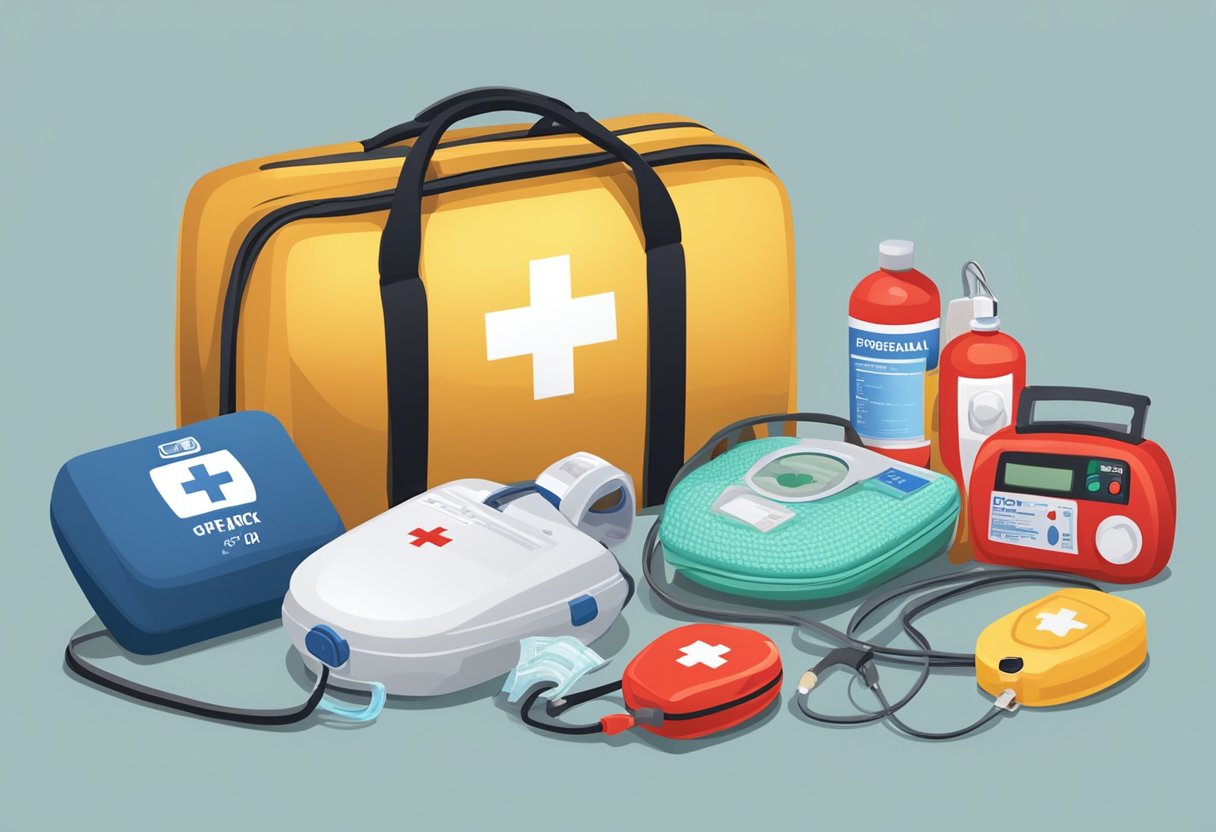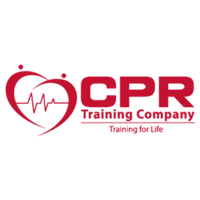- Details
- Category: CPR Blog
- Hits: 7206
CPR (Cardiopulmonary Resuscitation) and First Aid training are essential skills that can save lives in emergencies. Having the right equipment is imperative for effective learning and practice. For CPR, the fundamental training equipment includes manikins that allow students to simulate chest compressions and rescue breaths, as well as AED (Automated External Defibrillator) trainers, which teach how to apply life-saving shocks to a victim of sudden cardiac arrest.
For First Aid training, the equipment spans a wider range covering bandages, splints, barrier devices, and other materials that are used to treat a variety of injuries and conditions. Trainers and students alike need to ensure that the equipment used is of high quality, provides realistic feedback, and adheres to the relevant accreditation standards to certify that participants are learning the proper techniques for real-world application.
Key Takeaways
- Realistic manikins and AED trainers are needed to teach CPR.
- Diverse First Aid supplies are crucial for comprehensive injury response training, sometimes specific to the setting.
- Equipment must meet quality standards and enable proper technique practice.
Read more: What CPR and First Aid Training Equipment You Need: Essential Gear Breakdown
- Details
- Category: CPR Blog
- Hits: 4228
Winter first aid basics include being able to recognize and treat common cold-related injuries such as frostbite and hypothermia. Hypothermia occurs when the body loses heat faster than it can produce it, while frostbite occurs when the skin and underlying tissues freeze. It is important to know the signs and symptoms of these conditions and how to treat them promptly. Additionally, it is important to take preventative measures such as dressing in layers and staying dry to avoid these conditions altogether.

Key Takeaways
- Winter first aid basics include recognizing and treating common cold-related injuries such as frostbite and hypothermia.
- Preventative measures such as dressing in layers and staying dry can help avoid cold-related injuries.
- Special considerations should be taken for vulnerable populations such as the elderly, children, and those with pre-existing medical conditions.
Read more: Winter First Aid Considerations: Tips for Staying Safe in Cold Weather
- Details
- Category: CPR Blog
- Hits: 4321
Gift-giving can be a rewarding experience, especially when a well-chosen present has the potential to save someone's life. Life-saving gifts are becoming increasingly popular as people prioritize health, safety, and well-being for themselves and their loved ones. From high-tech gadgets to essentials, these gifts provide a sense of security and can significantly impact the recipient's life in times of emergency or need.

An array of life-saving gifts is available on the market, catering to various interests and lifestyles. These gifts can serve multiple purposes, including enhancing personal safety, promoting overall health, and providing aid during challenging situations. As the popularity of these gifts continues to grow, consumers want to make informed decisions when selecting items that best suit the needs and preferences of their intended recipients.
Key Takeaways
- Life-saving gifts are gaining popularity due to their potential impact on health and safety.
- The market offers a wide variety of such gifts catering to different interests and lifestyles.
- An informed decision is essential when selecting a gift that best suits the intended recipient's needs.
Read more: What are the Most Purchased Life-Saving Gifts? Top Options for Safety and Health
- Details
- Category: CPR Blog
- Hits: 6914
Becoming a CPR instructor is a rewarding career that allows you to teach individuals how to save lives. CPR instructors must have a strong background in CPR and first aid, as well as excellent teaching skills. In this article, we will explore the steps you need to take to become a CPR instructor.
Prerequisites for Becoming a CPR Instructor include previous certification in CPR and first aid, as well as experience in teaching or public speaking. Ideally, a CPR instructor candidate will have taken CPR for several years or even have participated in an actual CPR event. CPR instructors must also have excellent communication skills and work well under pressure. In addition, they must adapt to different learning styles and be patient and compassionate with their students.
Key Takeaways
- Understanding CPR is essential for becoming a CPR instructor.
- Prerequisites for becoming a CPR instructor include previous certification in CPR and first aid, as well as experience in teaching or public speaking.
- CPR instructors must have excellent communication skills and adapt to different learning styles.
Becoming a CPR instructor requires a deep understanding of these steps and a commitment to teaching them to others. To become a certified CPR instructor, candidates must complete a training course and meet specific prerequisites.
Read more: How to Become a CPR Instructor: A Step-by-Step Guide
- Details
- Category: CPR Blog
- Hits: 5056
Workplace CPR training is essential to employee safety that can save lives in emergencies. According to the American Heart Association, approximately 10,000 cardiac arrests occur in the workplace annually, and the survival rate is only 5-7% without immediate intervention. CPR training equips employees with the knowledge and skills to respond quickly and effectively in case of an emergency, increasing the chances of survival for the victim.
Read more: What is the Value of Workplace CPR Training: Importance, Benefits, and Cost-Effectiveness
